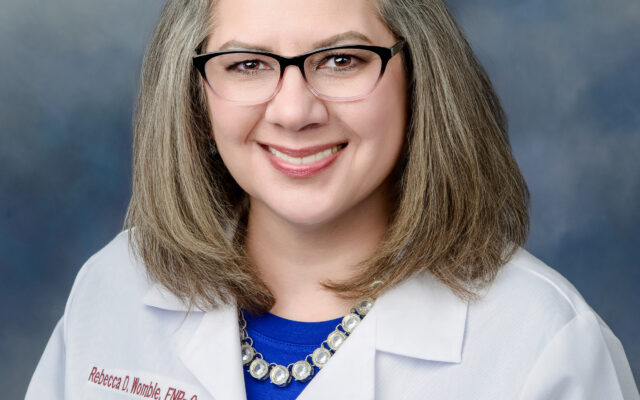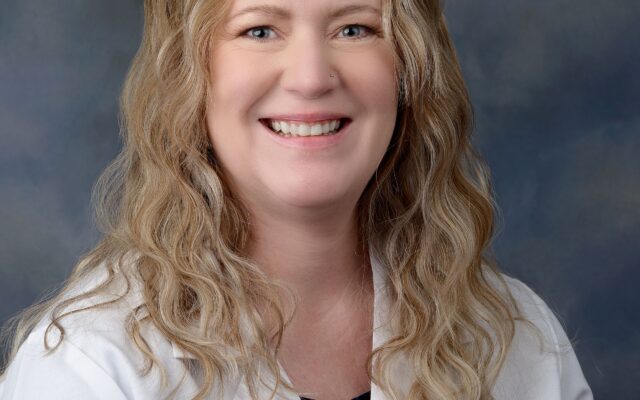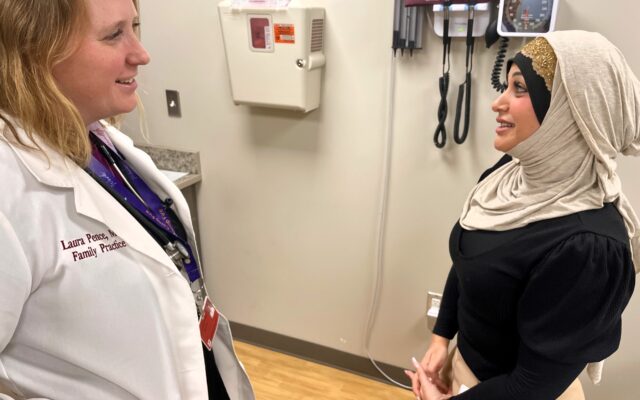
Now Scheduling Primary Care Appointments Online. Book Now.
Family Medicine / Primary Care

General practitioners, also known as family doctors, are usually a patient’s main doctor. Family doctors diagnose, treat and help prevent a variety of diseases and injuries that are common amongst the general population, and they treat patients of all ages. They are trained to look at the big picture, then focus in on treatment or prevention, referring to a specialist when needed.
Although you will see your primary care provider for most conditions, there may be times when you aren’t sure whether or not you should wait to be seen by your doctor or go straight to the emergency room. Click here for a list of symptoms that will help you determine the best place to go for treatment.
Oaklawn Medical Group has always made the patient’s interest it’s top priority. Our providers practice relationship-based care, and all of our Family & General practice locations have earned the Patient Centered Medical Home designation.
What is Patient Centered Medical Home?
The Medical Home is a patient-centered philosophy that drives primary care excellence, focused on quality and safety. The philosophy drives providers and staff to develop strong, trusting relationships with their patients, treating them with dignity, respect and compassion. It is a model for achieving primary care excellence so that care is received in the right place, at the right time , and in the manner that best suits a patient’s needs. Patients are treated with respect, dignity and compassion.
Features of the Medical Home
Adapted from the AHRQ (Agency for Healthcare Research and Quality) definition, the PCPCC describes the medical home as an approach to the delivery of primary care that is:
- Patient-centered: A partnership among practitioners, patients, and their families ensures that decisions respect patients’ wants, needs, and preferences, and that patients have the education and support they need to make decisions and participate in their own care.
- Comprehensive: A team of care providers is wholly accountable for a patient’s physical and mental health care needs, including prevention and wellness, acute care, and chronic care.
- Coordinated: Care is organized across all elements of the broader health care system, including specialty care, hospitals, home health care, community services and supports.
- Accessible: Patients are able to access services with shorter waiting times, “after hours” care, 24/7 electronic or telephone access, and strong communication through health IT innovations.
- Committed to quality and safety: Clinicians and staff enhance quality improvement to ensure that patients and families make informed decisions about their health.

